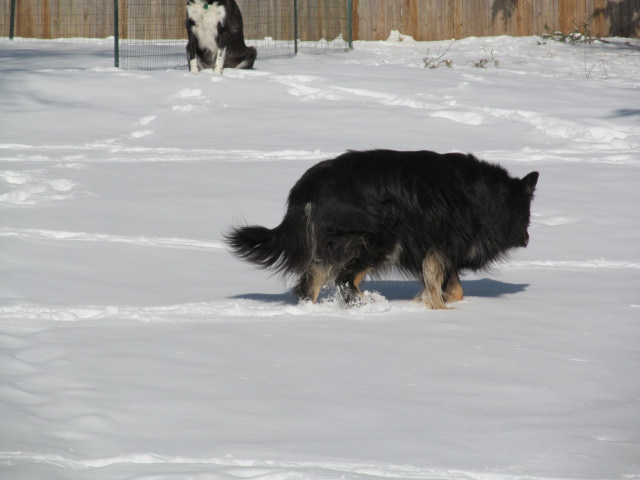QuestionEarly this morning my dog began to what looked like a seizure. His legs were pinned under him and he was not able to stand up fully! when i got him to move on his own he could only take short hurried steps and then dropped to the floor and began drooling. During this his eyes were glazed and he was not blinking . he was totally stiff
Answer
Hi Brad,
It's entirely possible you dog had a seizure. One seizure is not an emergency. Keep an eye on your dog, and be alert for additional seizure activity. There are different degrees of seizure, ranging from a very mild one, which might be hardly noticeable, and there are more serious seizures that can last for seconds or even minutes in length.
Depending upon the different stages and severity of the seizure, dogs have the following symptoms of seizures:
Paddling of limbs, as if swimming.
Jaw movements that look like the dog is trying to chew gum.
Pupils in one or both eyes dilate, unresponsive as if unaware of the surroundings. Staring or altered vision.
Frothing at the mouth. Begins salivating or drooling.
Stiffness.
Loss of consciousness.
Involuntar urinating or defacating.
Sudding and violent shaking.
Muscle twitching or slight shaking of a limb, loose control of hind quarters.
Short episodes of seizures may produce unconsciousness with instances of loss of muscle control and blank looks. Partial seizures involve odd activities like paddling and neck and head bending. Most of the symptoms of muscle spasms appear only on one part of the body. These types of seizures can gradually worsen and turn into serious manifestations and start affecting the entire body. Even if the dog is conscious during a seizure he is absolutely unaware of what is going on around him. He can be extremely unpredictable and the clenching jaws can do serious if not permanent injury.
If your dog has another seizure, write down the date, time, and duration of the seizure. Do this for all the seizure-like activity you see. Be aware that a seizure lasting more than five minutes is considered an emergency situation. It is imperative that your dog is seen by a vet immediately.
Following nearly every seizure is the "post-ictal phase". This period may last minutes to hours and is often characterized by stupor, disorientation and/or blindness. The post-ictal phase can vary with each seizure. This phase should not be confused with the seizure itself.
If your dog has more than one seizure in a 24 hour period, then they are considered cluster seizures. Dogs that experience these types of seizures have a more urgent need for medical treatment than dogs with occasional seizures. Additionally, if your dog has more than three seizures in a 24 hour period, it is considered an emergency. Your dog should be seen by your primary care veterinarian or an emergency veterinarian that day. Delaying may result in increasing frequency and severity of the seizures, posing a greater threat to your dog's health.
Most vets will not recommend pharmaceutical treatment if the seizures occur less than once per month, or if they are very mild. As with any medication, these drugs can have side effects. However, if they help control your dog's seizures, you may find that the benefits outweigh the risks. Most seizures are not considered life-threatening, however, they do indicate a problem in the brain. If you suspect that your dog has had a seizure, contact your vet as soon as possible.
Best of luck,
Patti

 Mini-Daschund Question
Question
Baby
I got a rescus mini about 6 years ago. &n
Mini-Daschund Question
Question
Baby
I got a rescus mini about 6 years ago. &n
 Miniature Schnauzer Flaky Skin
Question
Cicero
My 7-year-old miniature schnauzer Cicer
Miniature Schnauzer Flaky Skin
Question
Cicero
My 7-year-old miniature schnauzer Cicer
 Potty problems
Question
QUESTION: Hii Okay i have a 6 month old
Potty problems
Question
QUESTION: Hii Okay i have a 6 month old
 Delayed German Shepherd Heat
QuestionMy German Shepherd
QUESTION: I have a Ge
Delayed German Shepherd Heat
QuestionMy German Shepherd
QUESTION: I have a Ge
 Old dog, old owner, grooming issues
Question
Jessis
I have a 13-yr-old German shephe
Old dog, old owner, grooming issues
Question
Jessis
I have a 13-yr-old German shephe